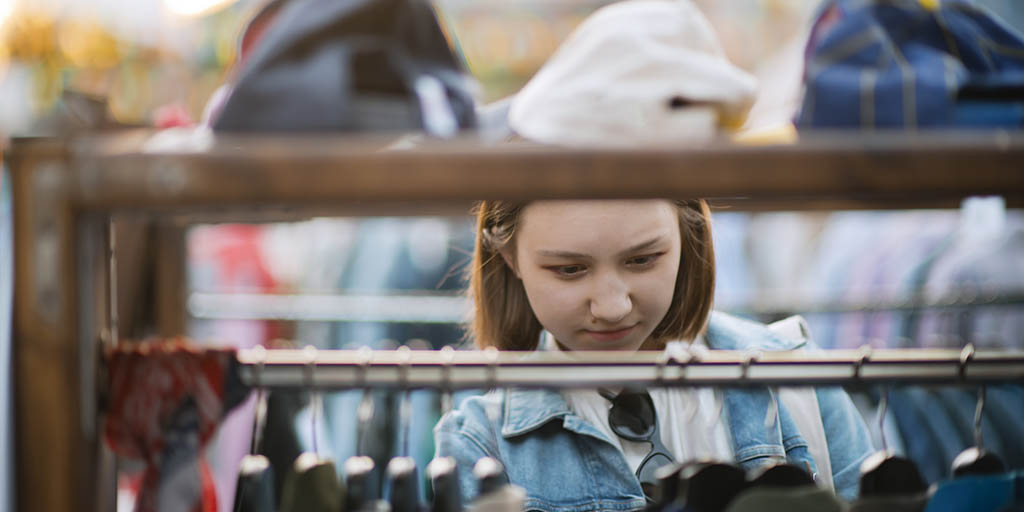Sustainable fashion, but at what cost?
 CREDIT: ISTOCK (ARTMARIE)
CREDIT: ISTOCK (ARTMARIE)Opinion: With fast fashion on its way out, sustainable shopping is becoming more popular and therefore more expensive for the average consumer.
As a lover of fashion, it’s been very interesting to see how the fashion industry tries to navigate the newly awakened environmentally conscientious world we live in today.
Like many, fast fashion has dominated most of my wardrobe without much thought as to where these clothes come from and how they are made. It wasn’t until active research that I realized the impact of my choice in clothing. For this reason, I started to thrift. I would be able to support my insatiable habit of buying clothes but also try and do my part to reduce my necessity for fast fashion.
For me, thrifting has been a cheaper alternative to find unique pieces with colours and patterns I’d be hard-pressed to see in any store at the mall. Over the years, I’ve seen thrifting shift from being a cost-friendly alternative to malls to a promotion for sustainability in fashion. Suddenly there are stores popping up all over the city that have done the hard work of going through the clothes for you, only picking out the top-notch pieces — all under the guise of being better for the environment.
However, at what cost does this come to the consumer?
With fast fashion prices for used items, vintage stores became the new norm for eco-friendly fashionistas like myself. I quickly realized just how privileged of an approach this was to a larger problem. I had the money to spend on vintage clothing for mall pricing but for those who depend on thrifts stores as the only option for shopping, it was becoming increasingly difficult to find reasonably priced clothing. This could be in part why fast fashion seems to be marked at even lower prices than before (I’m looking at you Forever 21).
In the digital era where access is more important than ownership, it is to no surprise the next level of sustainability in fashion is renting clothes. Usually reserved for upscale events with those in the know, renting clothes is slowly seeping its way to the mainstream masses as an environmentally conscious and cost-efficient way to be fashionable. Will this be the push we all need to change our spending habits, or another trend to satisfy our need to feel good about ourselves without actually doing anything?
The way I see it, sustainability — in many aspects of our lives — is about finding better methods to coexist with our planet as both environmentally and socially responsible human beings. Part of the social responsibility in sustainable fashion is finding ways for all demographics, social and economic classes to have access to ethically sourced clothing. Until that problem is addressed, it seems a lot of sustainable fashion will be found in the form of new trends for those who can afford it.
Sustainable fashion is a movement created to replace the current systems within the fashion industry with systems meant to be more humane with its impact globally and locally. Starting as far back as the ’60s, the conversation about sustainability in fashion focused on the wastefulness of production but now explores all sectors of the industry.
For more information on sustainability in fashion and its global impact, I highly recommend To Die For: Is Fashion Wearing Out the World? by Lucy Siegle, and Clothing Poverty: The Hidden World of Fast Fashion and Second-Hand Clothes by Andrew Brooks.
Editorial opinions or comments expressed in this online edition of Interrobang newspaper reflect the views of the writer and are not those of the Interrobang or the Fanshawe Student Union. The Interrobang is published weekly by the Fanshawe Student Union at 1001 Fanshawe College Blvd., P.O. Box 7005, London, Ontario, N5Y 5R6 and distributed through the Fanshawe College community. Letters to the editor are welcome. All letters are subject to editing and should be emailed. All letters must be accompanied by contact information. Letters can also be submitted online by clicking here.
















